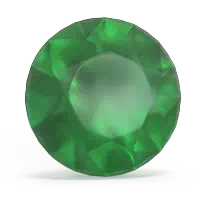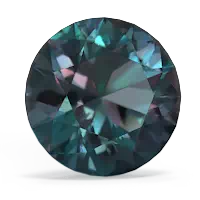

Friendship, love and loyalty are represented by this historic celtic design. A Emerald claddagh ring with your birthstone or favorite color makes it even more significant. The birthstone of May, an emerald ring symbolizes the eternally returning spring. The velvety green color of emerald is a perfect match for spring and summer fashions. The birthstone of June, Alexandrite is an amazing and mysterious stone. A created alexandrite ring is a unique and entertaining attention getter.